Have you ever paused to wonder where your unique perspective comes from? Your creative identity, the essence of who you are and how you view the world, is a fascinating blend of experiences, influences, and personal choices. It’s not just about painting or writing—it’s about how you see yourself reflected in the world around you. Whether you’re an artist, a thinker, or someone who simply enjoys life’s moments, your creative identity shapes how you contribute to society and grow personally.
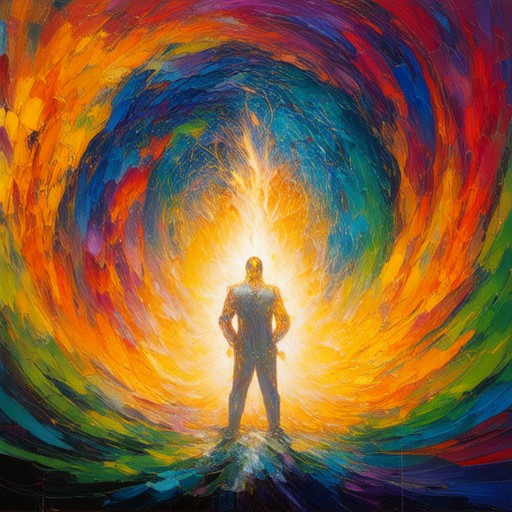
What Does Creative Identity Mean?
Creative identity refers to the unique combination of qualities, traits, and characteristics that define an individual’s artistic style, perspective, and approach to creativity. It encompasses how a person distinguishes themselves in a competitive landscape, often through a distinctive voice, style, or vision.
Key Aspects of Creative Identity:
- Uniqueness : A creative identity is built on originality and distinction. It reflects a personal style that sets one apart from others in their field.
- Authenticity : Authenticity is crucial. A genuine creative identity resonates with audiences because it feels real and relatable.
- Consistency : Consistency helps establish trust and recognition. Over time, a consistent creative identity fosters loyalty among fans and followers.
- Purpose : Creative identity often stems from a deeper purpose or passion. Understanding one’s “why” can guide decisions and inspire work that feels meaningful.
How to Develop Your Creative Identity:
- Explore Your Interests : Dive deep into subjects that excite you. The more you know yourself, the easier it is to articulate your creative identity.
- Experiment and Evolve : Don’t fear change. Allow your creative identity to grow and adapt over time as you learn and grow.
- Seek Feedback : Share your work with trusted peers or mentors who can offer constructive criticism and help refine your approach.
- Stay Curious : Keep exploring new ideas and inspiration. The more you engage with the world, the more your creative identity will develop.
By cultivating a strong creative identity, you lay the foundation for a unique and impactful presence in your chosen field.
The 5 P’s of Creativity
The 5 P’s of creativity are essential components that guide individuals in developing innovative ideas and approaches. These principles foster a structured yet flexible mindset, enabling creative thinking and problem-solving.
- Perspective : Approaching problems from diverse viewpoints enhances understanding and reveals novel solutions. By adopting various perspectives, creators can unlock unique insights and explore uncharted territories.
- Problem Solving : Identifying and addressing challenges is fundamental to creativity. Effective problem-solving skills allow individuals to transform issues into opportunities, driving progress and innovation.
- Playfulness : Embracing a lighthearted and experimental mindset encourages risk-taking and exploration. Playfulness fosters a dynamic environment where creativity thrives, allowing for spontaneous and imaginative ideas.
- Perseverance : Continuity in pursuit of creative goals is crucial. Perseverance ensures that even in the face of setbacks, creators persist, refining their concepts and pushing boundaries until they achieve their vision.
- Productivity : Efficient time management and organization are vital for channeling creativity into tangible outcomes. High productivity ensures that ideas are realized and developed into impactful creations.
These five elements collectively support the creative process, enabling individuals to navigate challenges, generate ideas, and produce meaningful work.
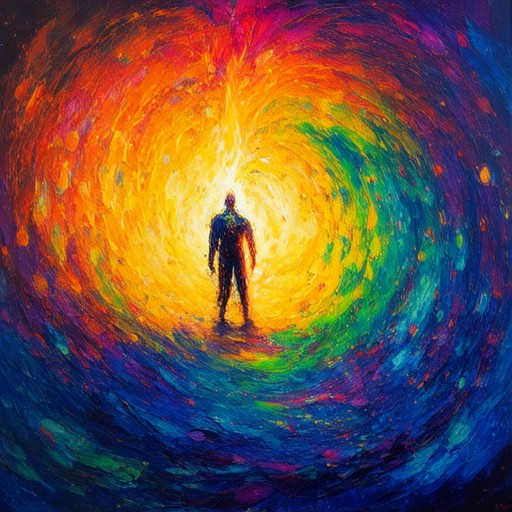
Exploring Identity
Exploring identity is a multifaceted process that delves into understanding various aspects of oneself, including personal, social, and cultural dimensions. It encompasses how individuals perceive themselves, their roles in society, and their connection to broader contexts like culture and spirituality.
Identity can be broken down into several components:
- Personal Identity : This refers to an individual’s unique characteristics, beliefs, and traits that define who they are.
- Social Identity : This involves how individuals are perceived by others within social groups or communities.
- Role Identity : This pertains to the roles individuals play in society, such as student, worker, or family member.
- Cultural Identity : This relates to an individual’s background, traditions, and heritage.
- Spiritual Identity : This includes beliefs, values, and connections beyond the material world.
Exploration often begins with role confusion, where individuals question their societal roles and social expectations. This process can occur at various life stages, including adolescence and adulthood, triggered by significant life events like career changes or relationship shifts.
The importance of exploring identity lies in its potential to enhance self-understanding, foster mental well-being, and facilitate meaningful decision-making. A clear sense of identity can boost confidence and resilience, while uncertainty may lead to stress or anxiety.
Theoretical frameworks, such as Erikson’s identity crisis and Marcia’s identity statuses, provide insights into how individuals navigate this exploration. Erikson highlighted the challenges faced during adolescence, while Marcia categorized identity statuses into exploratory, foreclosure, achievement, and diffuse.
This exploration is a continuous process influenced by experiences, relationships, and environments. Practical approaches include journaling, setting personal goals, and engaging in hobbies or passions that align with one’s values.
While exploration is essential for growth, it’s important to recognize that prolonged uncertainty can be challenging. Supportive networks and reflective practices can aid in navigating this journey effectively.

How to Find Your Creative Identity
Discovering your creative identity is a journey of self-exploration and curiosity. Here’s a structured approach to help you uncover your unique artistic style and creative expression:
Understanding Your Creative Identity
Your creative identity reflects your personality, interests, and the stories you want to tell. To begin, take time to reflect on:
- Your hobbies and passions
- Your favorite art forms or mediums
- Your inspiration sources (e.g., nature, literature, music)
- Your unique perspective and storytelling style
Steps to Discover Your Creative Identity
Follow these steps to delve deeper into your creative self:
- Explore Your Interests:** Dive into activities that excite you. Whether it’s painting, writing, cooking, or building, explore what ignites your passion.
- Experiment with Different Mediums:** Try various creative outlets to see which ones resonate most with you. This could include digital tools, traditional arts, or even new techniques you’ve always wanted to learn.
- Reflect on Your Work:** Look at your creations and ask yourself what themes or styles consistently appear. This can give you insight into your unique approach.
- Seek Feedback:** Share your work with trusted friends or mentors who can offer constructive criticism and help you identify your strengths and areas for growth.
- Stay Curious and Evolve:** Remember that your creative identity is not static. It evolves as you gain new experiences and insights.
Tools and Resources to Help You Find Your Creative Identity
There are various tools and platforms available to aid your creative journey:
- Pinterest : Explore creative ideas and inspiration boards created by others.
- YouTube : Watch tutorials, artist interviews, and creative process videos.
- Coursera : Enroll in online courses on creative writing, art history, and more.
- ArtStation : A platform for artists to showcase their work, get feedback, and find inspiration.
Community Support and Inspiration
Engaging with creative communities can provide valuable support and motivation:
- Facebook Groups : Join groups dedicated to specific creative interests, such as photography, writing, or digital art.
- Instagram : Follow artists, designers, and creators who inspire you and see how they express their unique identities.
- LinkedIn : Connect with professionals in your field of interest and learn from their creative approaches.
By following these steps and utilizing the resources mentioned, you’ll be well on your way to discovering and embracing your unique creative identity. Remember, creativity is a lifelong journey, and there’s no right or wrong path—just your own.
What is Creative Personal Identity?
Creative personal identity refers to the extent to which individuals define themselves in terms of their creativity. It encompasses how people perceive their ability to innovate, express ideas, and engage in imaginative thinking as a central aspect of their self-concept. This concept highlights the importance of creativity in shaping one’s sense of self and personal worth.
At Peter Spirito, we believe that creativity is a fundamental part of our identity. Our platform is designed to foster a space where individuals can explore and express their unique perspectives through storytelling, reflection, and creative exploration. By embracing our creative potential, we not only enhance our personal growth but also contribute to a richer, more vibrant world around us.
Our blog, Peter Spirito , offers a collection of thought-provoking essays and narratives that delve into the complexities of creativity. We invite you to join us on this journey of self-discovery and artistic expression, where every story is a step toward understanding our shared humanity.
Through our platform, we aim to inspire individuals to harness their creativity and find meaning in their lives. Whether it’s through writing, art, or simply reflecting on daily experiences, we believe that creativity is a powerful tool for personal transformation and connection.
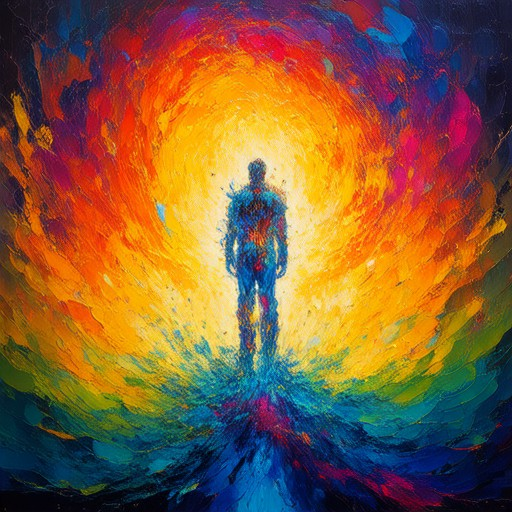
How Do I Find My Own Identity?
To find your own identity, begin by exploring various facets of yourself through self-reflection and diverse experiences. Here’s a structured approach:
- Self-Reflection:** Start by examining your personality traits, interests, and values. Reflect on your daily habits and recurring thoughts to gain insights into your core characteristics.
- Cultural Background:** Consider your heritage and family traditions. Understanding your roots can provide a foundation for understanding your cultural identity and its influence on your behavior and beliefs.
- Journaling:** Keep a journal to document your thoughts and experiences. This practice allows you to track your emotional growth and identify patterns in your behavior over time.
- Hobbies and Passions:** Identify activities that bring you joy and fulfillment. These may indicate your true interests and passions, offering a glimpse into your unique identity.
- Experiential Learning:** Engage in new experiences, such as volunteering, traveling, or participating in clubs and classes. These activities can reveal unexpected aspects of yourself.
- Past Relationships:** Reflect on your interactions with others. Understanding how others perceive you can highlight areas of growth and change in your identity over time.
- Spirituality or Religion:** Explore spiritual or religious practices if they resonate with you. This pursuit may offer a sense of purpose and contribute to your overall identity formation.
- Goal Setting:** Define personal and professional goals to understand your motivations and strengths. Ensure these goals align with your values and aspirations.
- Career Exploration:** Investigate career paths that interest you. Consider how your values and skills align with different industries to find a fulfilling professional role.
- Creative Expression:** Experiment with creative outlets like art, music, or writing. These activities can unlock hidden talents and emotions, aiding in self-discovery.
- Strengths and Weaknesses:** Conduct self-assessments to identify your strengths and areas for improvement. This awareness can guide your personal development and balance.
- Building Connections:** Formulate meaningful relationships to understand how you fit into the world. Learning from others can enrich your identity and provide a sense of community.
Remember, identity is a dynamic journey. Embrace the process of self-exploration and growth, allowing yourself to evolve over time. Each experience and reflection contributes to a deeper understanding of who you are.
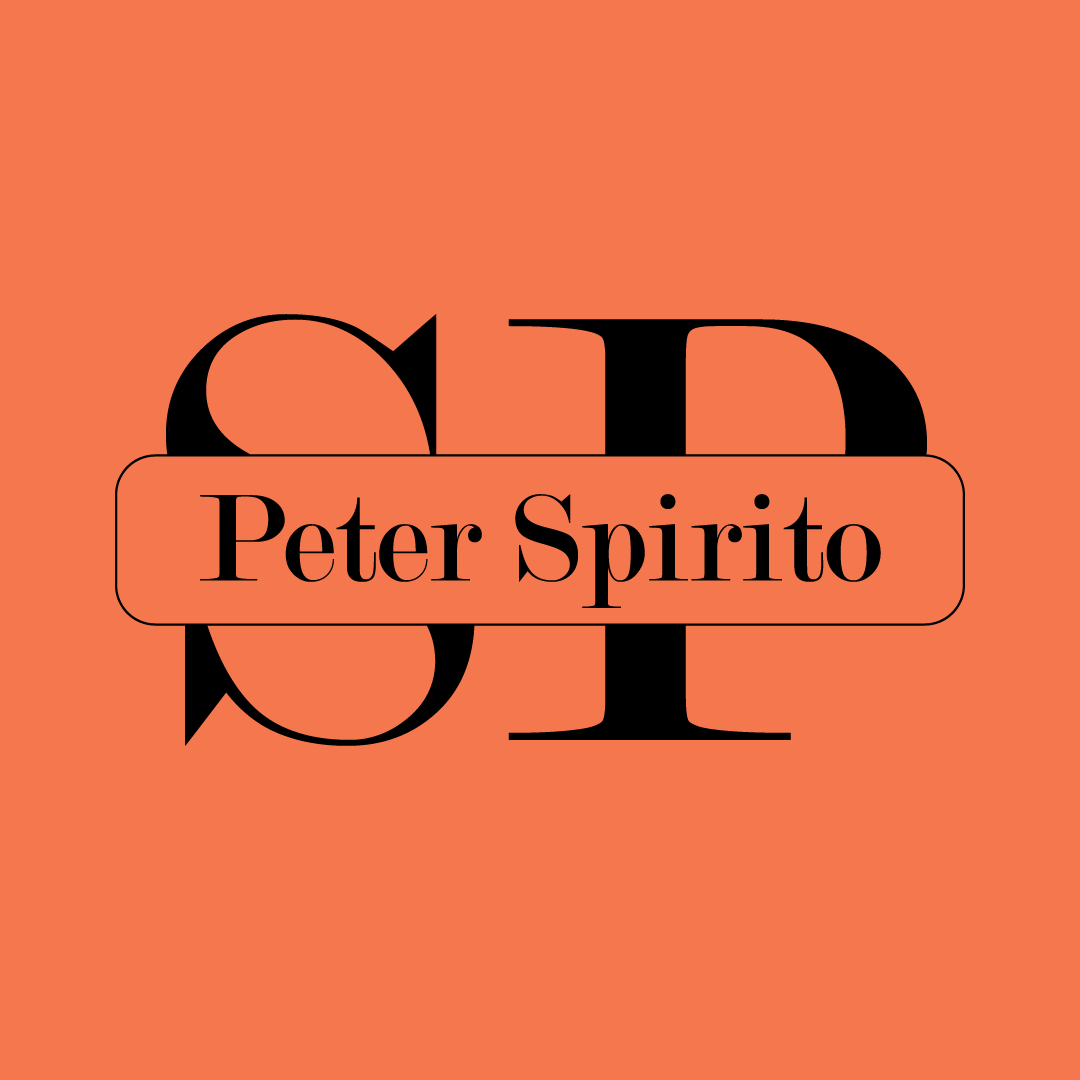
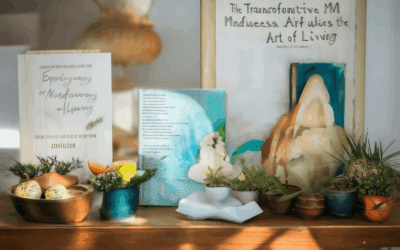

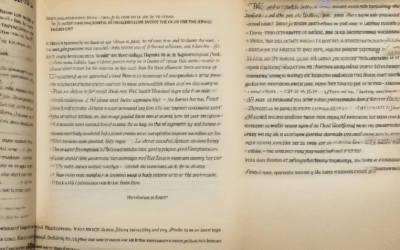
0 Comments